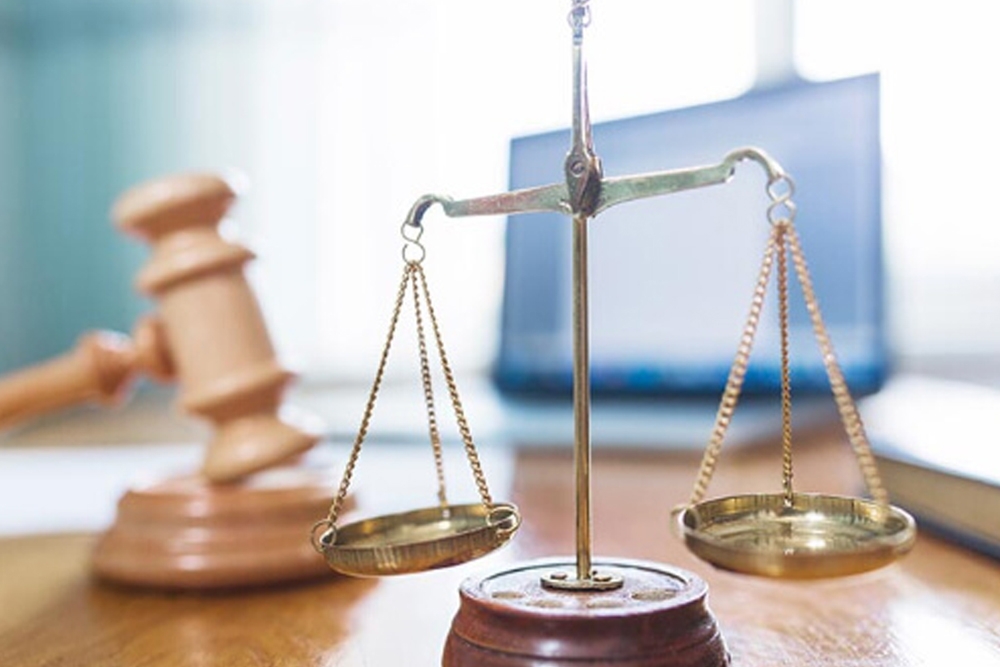New Hardship Discharge Rules for Disabled Student Debtors

Most of the hubbub over the Department of Education’s change to the student loan rules was accelerating the benefits of changes to the Income-Based Repayment (IBR) program to student loan debtors whose debts are direct from or guaranteed by the federal government. However, one of the other benefits of the executive action that hasn’t received so much attention is the changes to the conditions necessary to obtain a hardship discharge for federal student loans. Here are four things to know about the rule changes.
- Under the old system, the rules were very inconvenient for student loan debtors. Debtors had to show that they were “totally and permanently disabled” (TPD) to obtain a hardship discharge from the Department of Education. Importantly, the Education department would conduct its own evaluation of debtors’ conditions. Not even the Social Security Administration’s evaluation was necessarily enough to convince the government that the loans couldn’t be repaid. The result was that many disabled student loan debtors received Social Security payments that the Department of Education subsequently garnished.
- Even if the Education department does grant a hardship discharge, it still monitors debtors’ cases for the three years after the discharge is granted to make sure the debtor remains TPD.
- The new rule makes it much easier for federal student loan debtors to obtain a hardship discharge because it eases its evaluation process. Specifically, debtors can now submit the “notice of award” the Social Security Administration sends them when it classifies them as TPD to the Department of Education. The only condition the Education department requires is that the Social Security Administration review the debtors’ TPD statuses every five to seven years. However, debtors now won’t have to reconcile inconsistent rulings from the Department of Education and the Social Security Administration, and they are less likely to have their disability checks garnished to pay on their unpayable student loans.
- Bankruptcy is still an option for student loan debtors, and “hardship discharge” in the Code. Debtors who fail to demonstrate to the Department of Education that they are entitled to a hardship discharge may have better luck filing a Chapter 7 or Chapter 13 bankruptcy.
For more questions about bankruptcy in Las Vegas, please feel free to contact an experienced Freedom Law Firm Las Vegas bankruptcy attorney for a free initial consultation. Call us at 1-702-745-8794 to set up your free consultation.
0
0
votes
Article Rating
Subscribe
Login
0 Comments
Inline Feedbacks
View all comments
